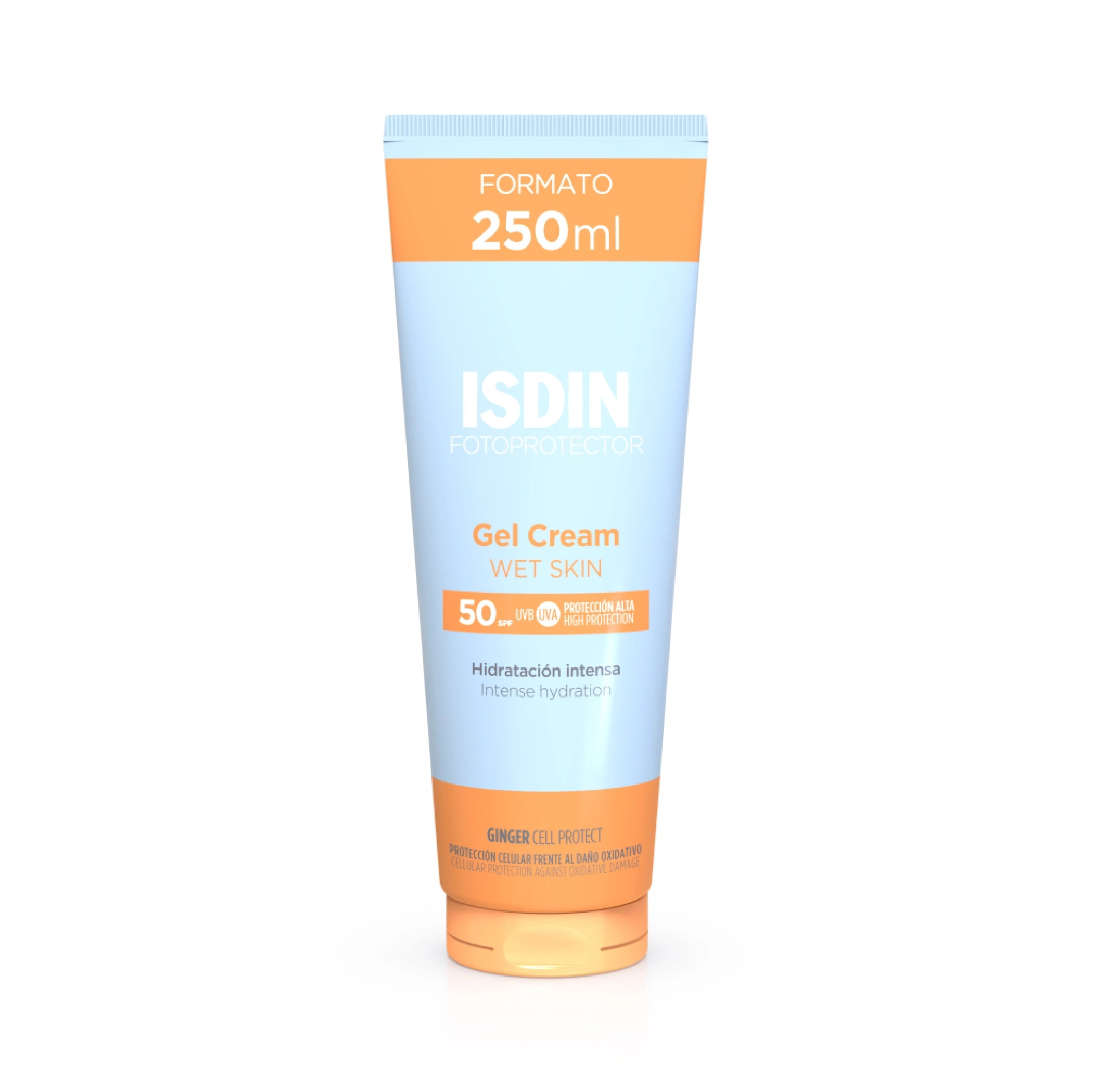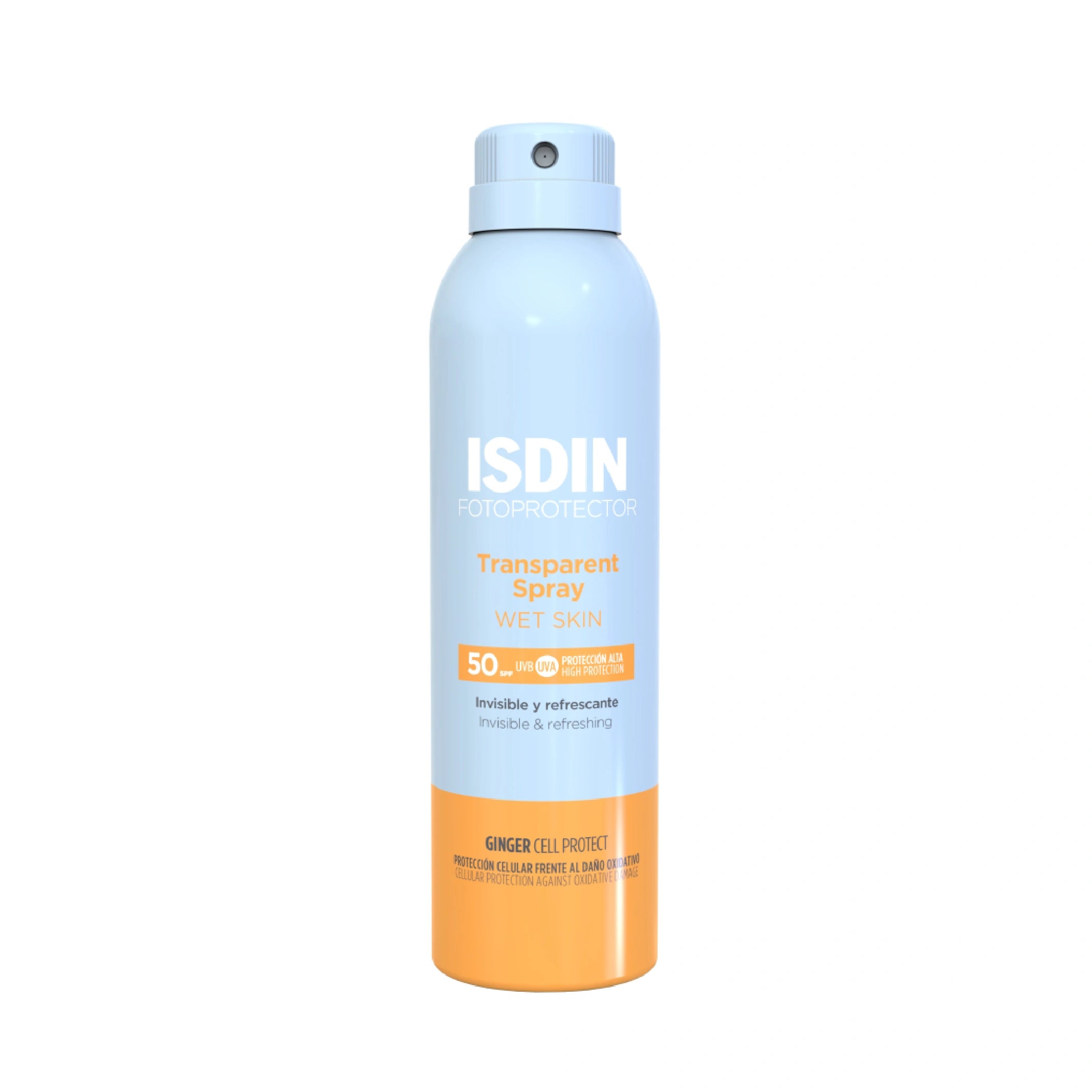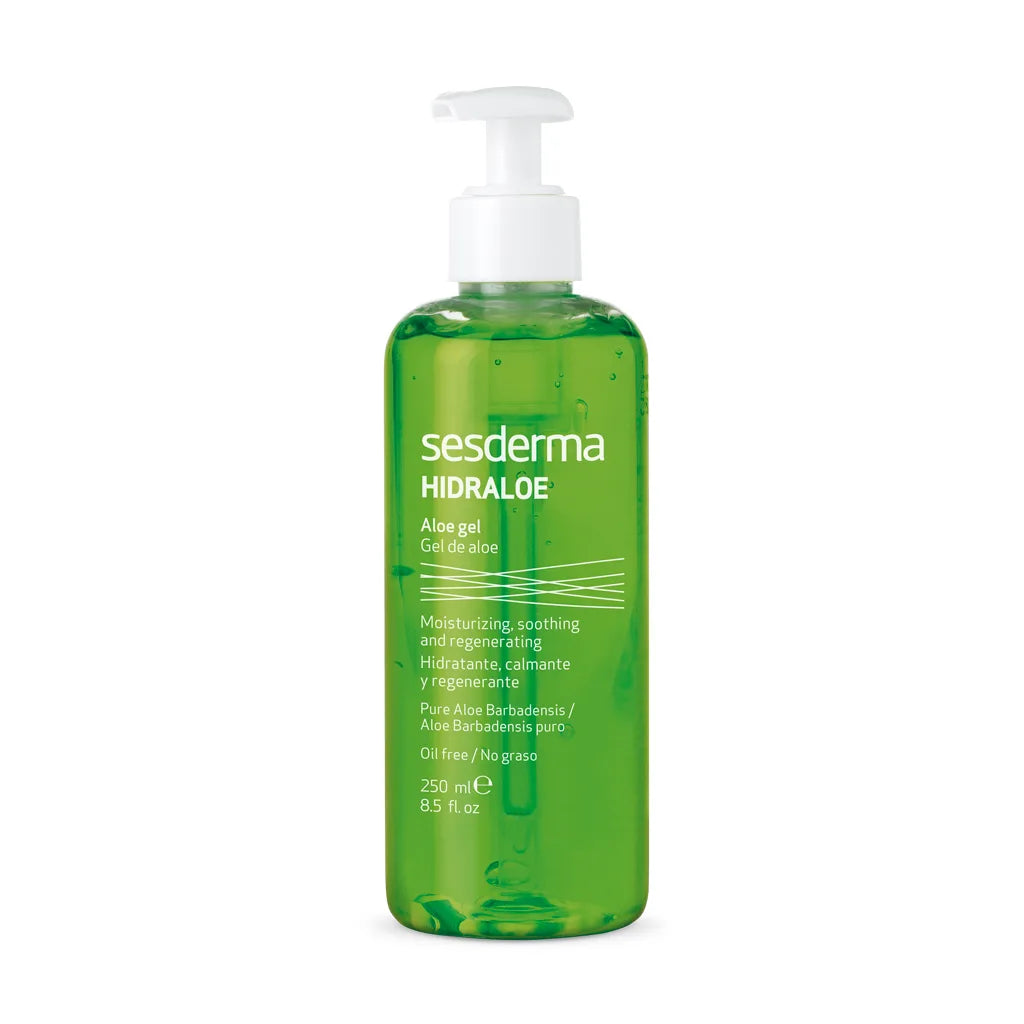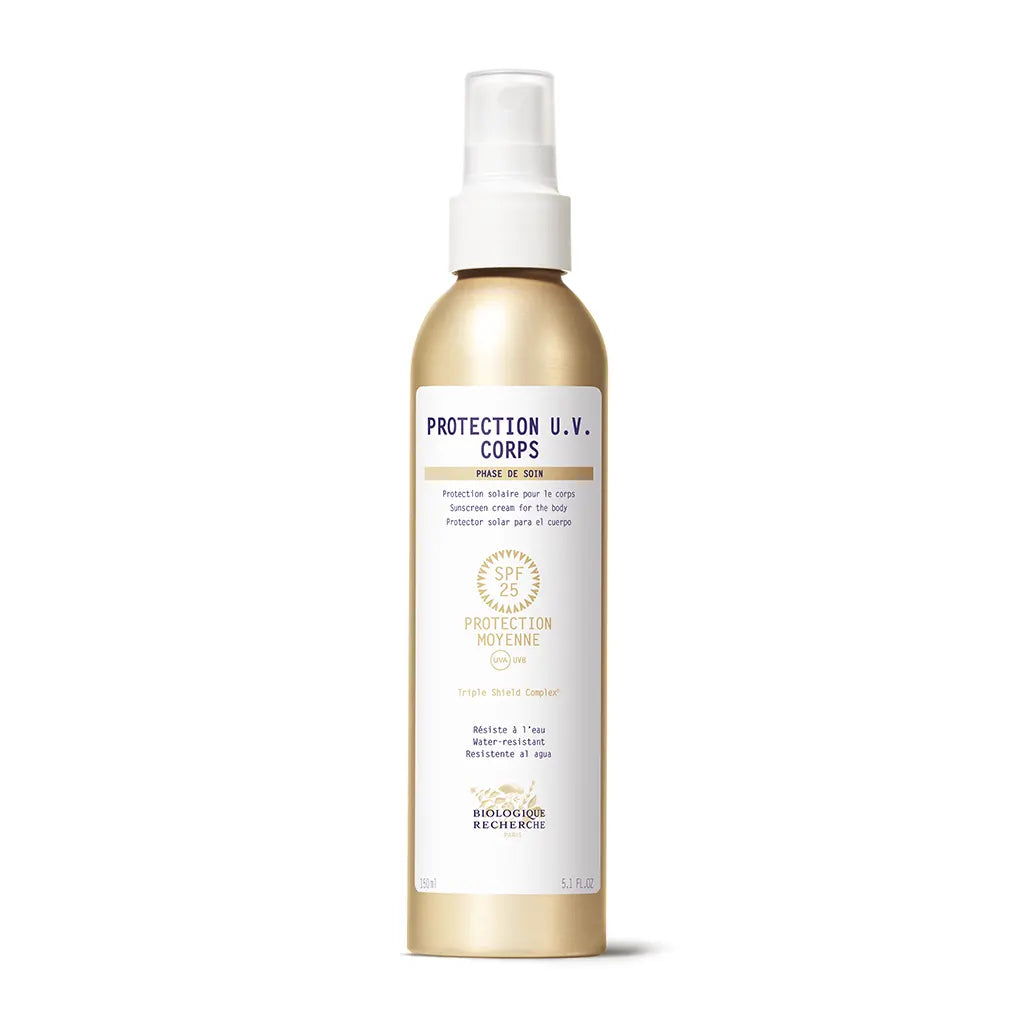Your Sunscreen Vocab
Written By Dr. Pooja Shah Talera
Photography By Unknown
Your everything guide to sunscreens and our final verdict.
READ TIME: 5 minutes
THE FINAL VERDICT
Use a broad spectrum sunscreen that offers both UVA and UVB protection with an SPF of 30 and PA+++ preferably mineral (physical) as long as you are not living in a cave. Apply ½ tsp to your face evenly or 2 tbsp to your entire body at least 30 minutes before going out as the last step of your skincare routine. Repeat after 2 hours or if you have just swam, sweated or towel dried.
If you are wondering why? Read our deep dive on sun, skin, pigmentation and photoaging.
We know that the sunscreen vocabulary can get rather technical. We have simplified it for you so that the next time you are out shopping for sun care, you can use this handy guide to navigate!
Here’s the sunscreen glossary that you need to know before choosing the right one for you.
BROAD SPECTRUM
Sunscreen should offer protection against both UVA and UVB at the very minimum. So don’t just look for SPF but also PA protection. Some sunscreens now offer protection against the blue light emitted from our digital devices, but that is not a mandate yet.
SPF and NUMBERS 30 vs 50 vs 75
SPF stands for Sun Protection Factor, specifically indicating protection against UVB rays that cause sunburn. For e.g. If your skin normally burns after 10 minutes under hot sun without protection, an SPF 50 sunscreen would provide 50 times the protection versus bare skin. This means 500 minutes longer before you start to burn. However that does not mean you can skip reapplication after 2 hours. Look for an SPF 30 and above, as it offers 97% protection. After SPF 30, there is no exponential increase in protection. SPF 50 offers 98% protection. Layering does not mean more protection. So if you are wearing a moisturiser with SPF 30, sunscreen with SPF 50 and foundation with SPF 25, your total SPF is only 50, not 105!
PA
Stands for Protection Grade of UVA. Shown as a ‘+’ sign, this is based on the in vitro testing of Persistent Pigment Darkening (PPD) of the skin. Look for a minimum of +++ as that means high protection with a PPD of 8-16. For e.g. a PPD of 10 means it would take 10 times more time before you start to tan. It also means there is almost 90% protection against the UVA.
PHYSICAL VS CHEMICAL
The debate on the safety of chemical sunscreens has been on forever now as they are not officially approved by the US FDA. Mineral sunscreens are a physical shield made up of Zinc Oxide or Titanium Dioxide or both, which are particles that sit on top of your skin and deflect the UVR. They are also better for acne prone skin or skin recovering from burns since Zinc Oxide as it is anti-inflammatory. Whilst chemical sunscreens like Avobenzone or Oxybenzone work by absorbing the sun’s UV rays and converting it into heat, they are not a natural option as they are expressed in breast milk and not reef-safe. Although chemical sunscreens have been widely favored for years because of their more sheer consistency making the application more smooth sans white cast that is usually since on darker skintypes, physical (or mineral) formulas have come a long way. Now cosmetically elegant physical sunscreens that are micronized and / or tinted, that work really well are widely available.
2 TBSP OR A SHOT GLASS WORTH, OCCASIONALLY 2 FINGERS
Yes, that is the amount required to keep your body protected for 2 hours. However areas like the back of the neck, eyes, lip, hands and feet are commonly missed. Be it tinted moisturiser sunscreen, oils, mists, gels, setting powders - whatever the formulation, sufficient application and reapplication are key to guarantee adequate protection. If you are using a sunscreen that is runny in consistency, then the 2 finger rule can be used as well - which is for each body part (which is roughly 9% of your total body surface area such as the face), you need 2 strips of sunscreen squeezed out onto the index and middle fingers from the palmar crease to the fingertips.
WATER RESISTANCE
In order to profess water-resistant status, the sunscreen must pass a test to prove they maintained their SPF levels after being exposed to water or sweat. The FDA only allows claims of water resistance for 40 minutes or 80 minutes, and those sunscreens have to keep their SPF levels after exposure in a hot jacuzzi. This means that after 40 or 80 minutes in the water, the level of protection you receive from your sunscreen will begin to decrease. However if you towel dry, you need to reapply your sunscreen.
SUN PROTECTIVE CLOTHING
Your sunscreen is not the complete fix. Adequate protection should extend to clothing especially for individuals prone to conditions like rosacea, lupus, polymorphic light eruption, porphyria. Hats and sunglasses are accessories which prove to be more than just a fashion statement.
30 MINUTES BEFORE EXPOSURE
Sunscreens are usually emulsion formulas containing both oil and water, that are forced to coexist using surfactants. Emulsions usually look uniform, but if you zoom in using a microscope, you’ll see that they contain droplets of one component scattered in the other component. When you apply the sunscreen on your skin, some of it will evaporate or absorb to leave a thin UV-protective layer on top of your skin in a process called de-emulsification. Until the sunscreen settles down to form the film, you aren’t necessarily getting the labelled protection as SPF testing is done 15 minutes after application of sunscreen. Sunscreens dry and physically bind to skin to form a film, much like paint drying on a piece of paper - both physical and chemical sunscreen.
And here’s our handy Pro-Tip to make the sunscreen more blendable, wearable and enjoyable.
Pro Tip:
- Sunscreen before makeup.
- In your routine at least have 2 products that offer sun protection.
- Mist before reapplication of sunscreen.
- Moisturiser before sunscreen so it glides well and reduces the chance of a white cast.
- Use it on rainy days as well. UVA penetrates clouds and reflection increases the intensity of these rays.
- Use sunscreen while flying as high altitude means more UV. UVR exposure increases 4 to 5 percent with every 1,000 feet above sea level.





